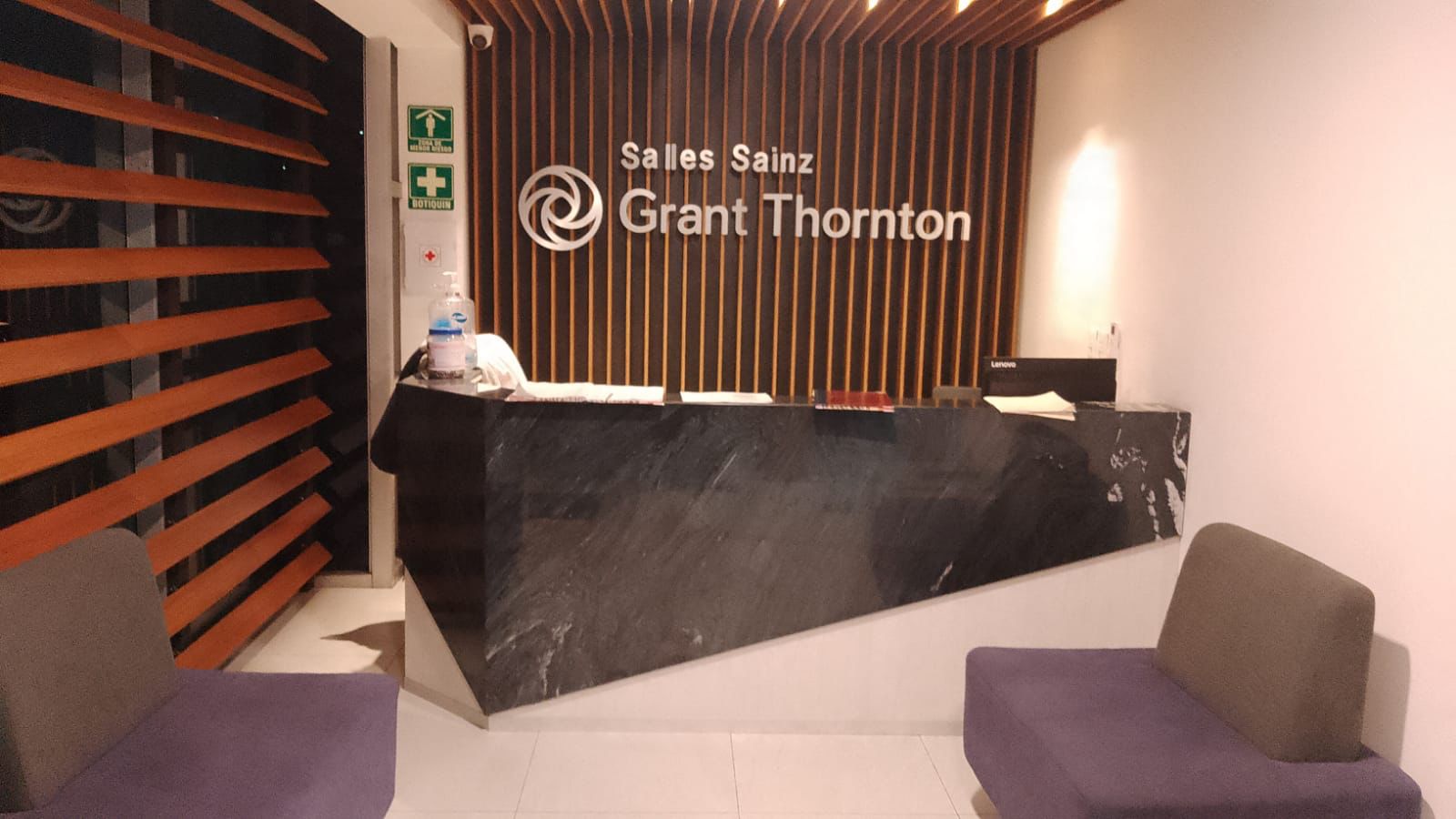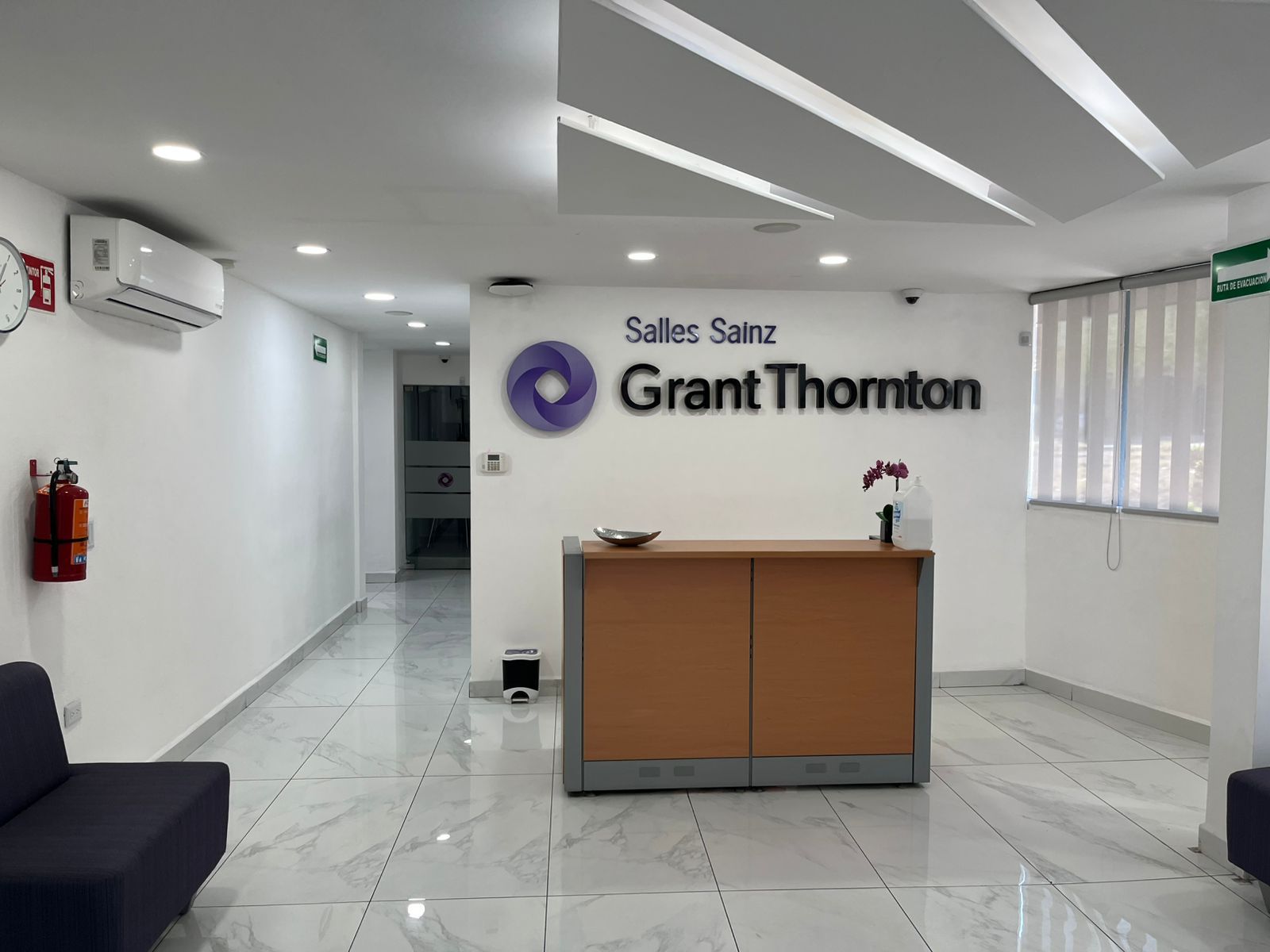Us Accelerates Ai: What Does the Ai Action Plan Mean for Governments and Businesses?

US Accelerates AI: What Does the AI Action Plan Mean for Governments and Businesses?
The Plan in Simple Terms The AAIAP, published on July 23, 2025, declares three interdependent goals: accelerate innovation, build the necessary infrastructure, and project American standards to the world. Translated into pragmatic terms: less bureaucracy for the private sector, more silicon manufactured at home, and aggressive commercial diplomacy that brings chips, models, and “Made in USA” regulations to allies. Instead of listing each action – it already oscillates above ninety actions – it is better to look at the logic that underlies it: compete at full speed in the global AI race. This implies everything from streamlining environmental permits for new data centers to relaxing controls on open-source models, as long as they meet security principles and auditable transparency.
Changes Coming… Faster than You Think1282
1. Infrastructure as a Competitive Advantage
The United States plans to double its dispatchable electrical capacity and multiply high-security data centers. This lowers the cost of computing and redefines the costs of model training. For countries and companies that aspire to host inference nodes or AI services, the bar rises: reliable energy, regulatory attractive land, and express permits will be needed.
2. New Wave for Mexico and all of Latin America
They can capitalize with hubs for data labeling, advanced BPO, and peripheral hardware manufacturing. The challenge: align anti-bias and model traceability standards to sell to US customers.
3. Hybrid Talent, not just Programmers1994
The plan creates an “AI Workforce Research Hub” that will map future occupations: from data center cooling technicians to algorithmic audit lawyers. Universities that update curricula today will reap the demand tomorrow. Companies that invest in internal upskilling will avoid costly turnover.
4. Ai Assessments as a Quality Label2337
Like a LEED seal in construction, algorithms must carry metrics of robustness and traceability defined by the National Institute of Standards and Technology (NIST). This will open up certification markets, but also raise the barrier to entry: models that do not undergo stress testing will be excluded from federal purchases and, as a cascading effect, from many private tenders.
Why Isn’t It just a Matter for Washington?2766
Any Latin American country that competes for foreign investment will have to decide whether to replicate (or at least recognize) the American frameworks. For example, tax credits for “green” data centers will pressure local governments to offer similar exemptions. Otherwise, capital – and teraflops – will migrate where OPEX is lower. For multinational companies with operations in Mexico, Colombia, or Brazil, the message is clear: supply contracts to customers in the US will come with compliance annexes that mention anti-bias audits, data provenance, and cyber-resilience plans.
Strategic Recommendations
- Public-private coordination. Manage early alliances with the agencies that will administer the new incentives; ensure that your proposal solves a clear problem and meets privacy and cybersecurity criteria.
- Computing capacity and energy. Plan today the transition to energy-efficient data centers: tax credits are concentrated in projects with a low carbon footprint.
- Talent and re-skilling. Implement re-skilling programs (alan@ceosnm.com) and internal learning paths; the availability of certified professionals will be decisive for future contracts.
- Ethical and safety compliance. Design your models with data traceability and bias assessments from the pilot phase: the standard of the National Institute of Standards and Technology (NIST) will become a de facto requirement.
- Future exportability. Make your AI stack interoperable with allied regulations; US technology diplomacy seeks to replicate these requirements on a global scale.
The Time to Make Your Move
The window of opportunity opened by the America’s AI Action Plan is limited. Those who turn this agenda into tangible projects today — from modernizing infrastructure to retraining their teams — will forge the competitive advantage of the next decade. Waiting for the regulations to mature is equivalent to giving ground to those who are already investing. The decision is strategic and the clock has already started ticking.
More Articles

OXXO Integrates More Stores into Jalisco Security Initiative
Nov 14, 2025

Zekko Rivera: The New Code for Consolidating Investments
Dec 1, 2025

Salles Sainz Grant Thornton: Leadership that Transforms the Client Experience
Dec 1, 2025

Amic Parlante's B-Side: The Strategy for Expansion into Chile
Nov 10, 2025

Salles Sainz Grant Thornton: Strengthens its Presence in the North from Monterrey
Dec 1, 2025

Who Forms the Investment Promotion Business Council? Convened by Sheinbaum
Dec 4, 2025
